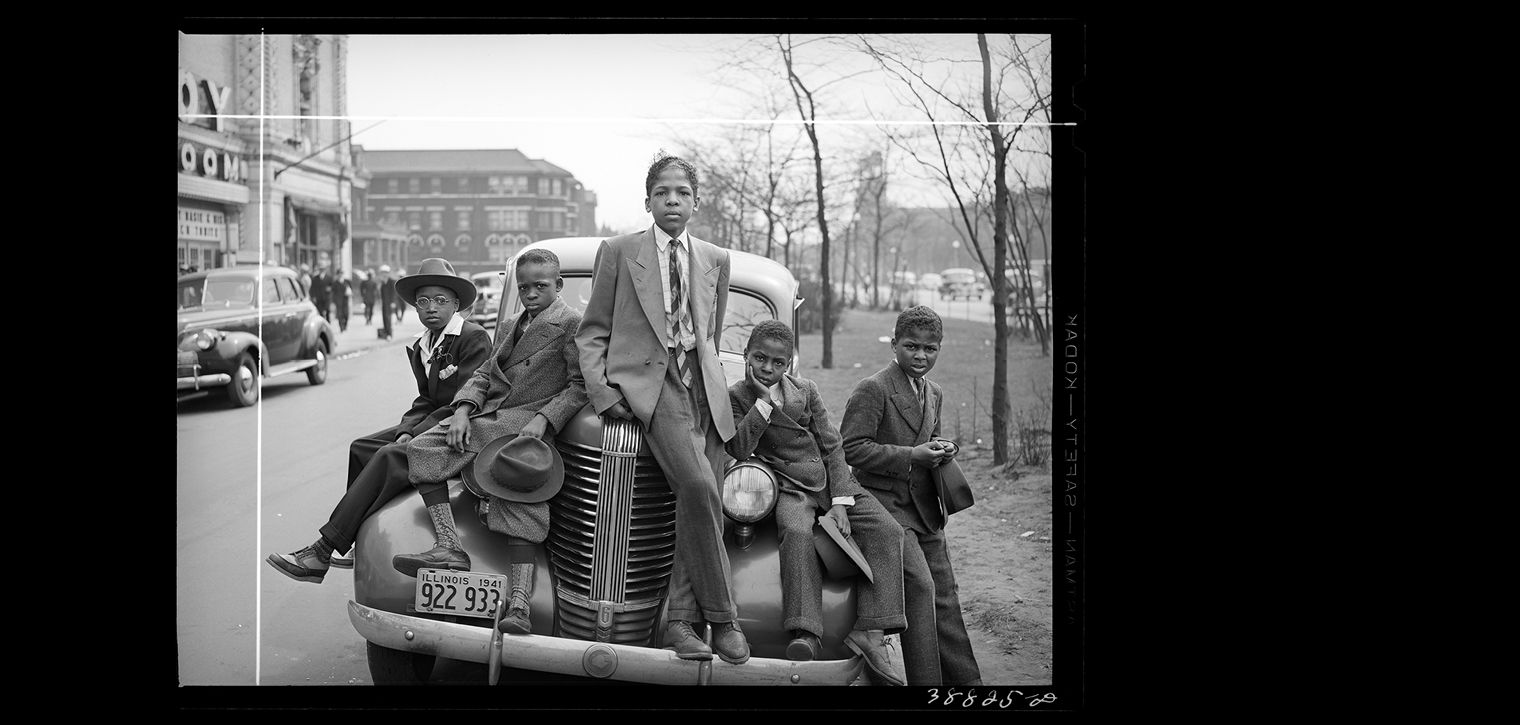
On Exhibit: ‘The Negro Motorist Green Book’ at the Capitol Park Museum
Midcentury America was supposed to be the golden age of the open road. In an era dominated by automobiles and interconnected highways, the average American family could expect to experience unprecedented freedom in travel and leisure, carving paths later made famous by the Kerouacs and Cassadys of the new, carefree world.
Carefree for some, that is. Black citizens, still moored in the prejudices of the days before the Civil Rights Act, understood that those prejudices often spelled humiliation—or worse, danger—in unfamiliar territory, and took certain precautions as a result. Helping them along the way was the brainchild of New York City mailman Victor Hugo Green, his colorful travel guide now the star of the Smithsonian’s exhibition settling down at the Capitol Park Museum this August: “The Negro Motorist Green Book.”
Anyone whose family members used the Green Book, or who may have seen the 2018 Oscar-winning movie inspired by it, will recall that the slim volume—published every year between 1936 and 1966—chronicled the lodging, restaurants, beaches, pools, theaters and other vacation-worthy stopovers friendly to Black travelers. “Green always said that he created it to go out of print,” says Rodneyna Hart, division director for the Louisiana State Museum system. “He viewed this as a temporary measure for a temporary problem, and believed that one day the world would come to a better understanding. And I think that’s a really hopeful, positive view.”
The exhibition, along with showcasing an actual Green Book from 1949, will display 63 different objects emblematic of the times, all organized into thematic pods that create a narrative experience. An introductory pod will phase into a “Traveling with the Green Book” pod, leading onward to three sections dedicated to “South,” “North” and “West,” a section called “Hope is a Tool,” and, finally, a concluding area called “History Travels with Us,” each filled with photographs, signage, postcards, cash registers and many more items from travelers and destinations of the era.
ExxonMobil, which helped financially support the exhibition, even pops up now and again in this history as Esso, its previous incarnation. Owned by a family with abolitionist roots, the stations served not only as places where the Green Book could be purchased, but the company served as a key employer of Black engineers, executives and other workers on a mission to bridge socioeconomic divides.
“I think people will be surprised to learn how much planning had to go into these trips,” says Hart, who notes the exhibition’s “virtual car” feature, which takes visitors on an interactive journey as a Green Book traveler. “The concept of ‘sundown cities’ meant that there were places Black people couldn’t even be seen at night, and there were certainly routes from Chicago to Baton Rouge that would be much swifter and cheaper than what the Green Book recommended. But safety was most important.”
To further expound upon the exhibition’s themes and artifacts, the Capitol Park Museum will also play host to several events throughout the next couple of months, including bike tours visiting Baton Rouge’s surviving Green Book sites, a community resource fair during the opening on August 21, and multiple speaker series and panels.
Hart is also sure to mention the hidden heart of the exhibition: the positivity and joy that still existed in Black life during the era.
“There are certainly overtones on the Great Migration, and the fact that so many people from the South moved to Chicago or California or where have you,” says Hart. “During the summers they would all come home to see family in the cars they could now afford, taking the first steps toward upward mobility. They could start living this ‘American dream’ that had eluded so many people of color for so long, and so there are definitely stories on display about taverns and bars and nightclubs and music venues that help show the fullness of life. Even in times of horrible segregation and oppression, people still found joy in their lives. They still figured out how to make the best of what they had and even moved beyond that—not just surviving, but thriving. It’s an inspiring story, and I think people are going to be blown away.”
For more info, visit louisianastatemuseum.org.











